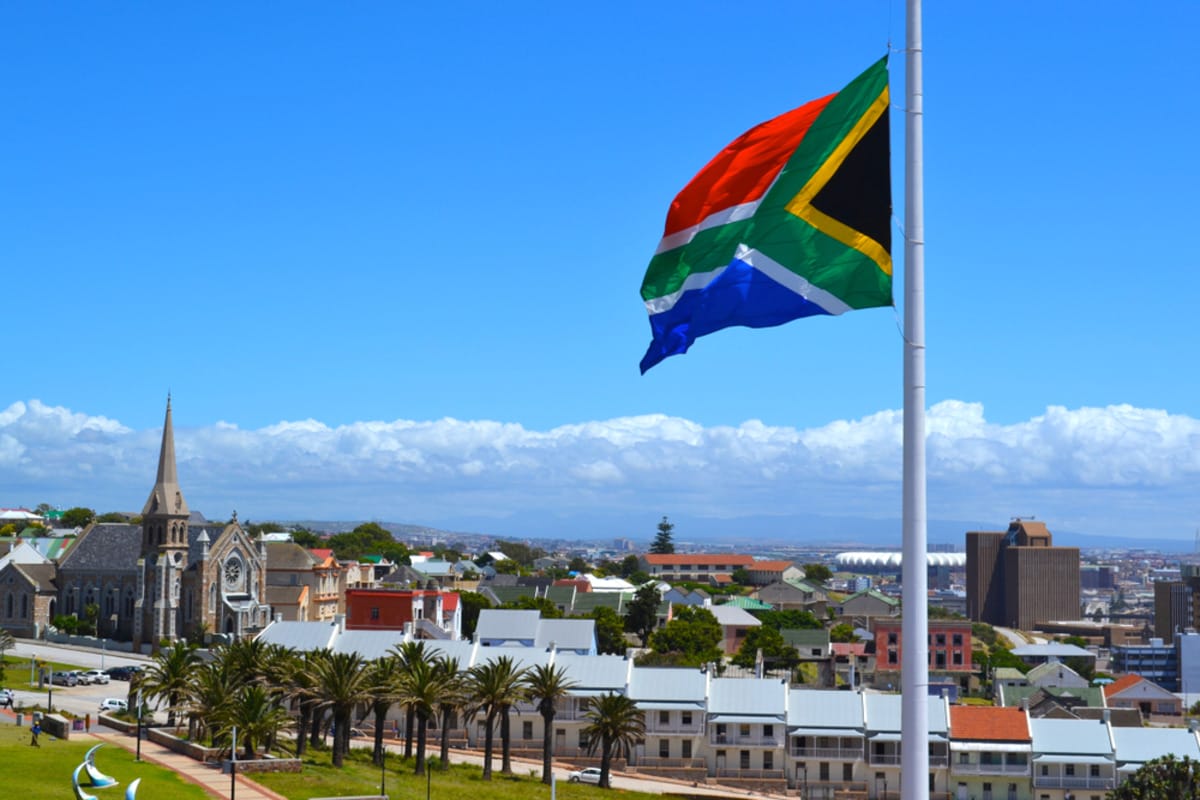South Africa’s consumer inflation fell slightly more than expected in March, but analysts say the central bank is unlikely to start cutting interest rates for several months.
Headline inflation, which measures the overall change in consumer prices, decreased to 5.3 percent year-on-year in March from 5.6 percent in February. This was lower than the 5.4 percent forecast by analysts polled by Reuters.
Read more: Nigeria inflation reaches 33.2 percent in March, a 28-year high
Despite the modest decline, the South African Reserve Bank (SARB) is expected to maintain its restrictive monetary policy stance for now. The central bank has kept its main interest rate unchanged at 8.25 percent over the past five policy meetings, stating last month that this stance needs to remain in place.
The SARB projects that headline inflation will only reach the 4.5 percent midpoint of its target range near the end of 2025. Analysts say the March inflation data is not enough to convince the central bank to start lowering the benchmark repo rate.
First cut expected in September
According to David Omojomolo, Africa economist at Capital Economics, even with inflation set to continue declining, interest rate cuts are likely to begin only after the election is out of the way. Omojomolo expects the first rate cut to come in September, with 50 basis points of easing by the end of the year.
South Africa is scheduled to hold a general election on May 29, a day before the SARB’s next interest rate announcement.
The rand (South Africa’s currency) strengthened after the release of the inflation data, trading around 18.9500 per US dollar, up 0.5 percent from the previous close. Shaun Murison, a senior analyst at IG Markets, said financial markets were reassured that inflation was on a downward trajectory.
On a month-on-month basis, consumer inflation was 0.8 percent in March, down from 1.0 percent in February. Core inflation, which excludes volatile food and energy prices, eased to 4.9 percent from 5.0 percent the prior month.
For more news on the economy, click here.




